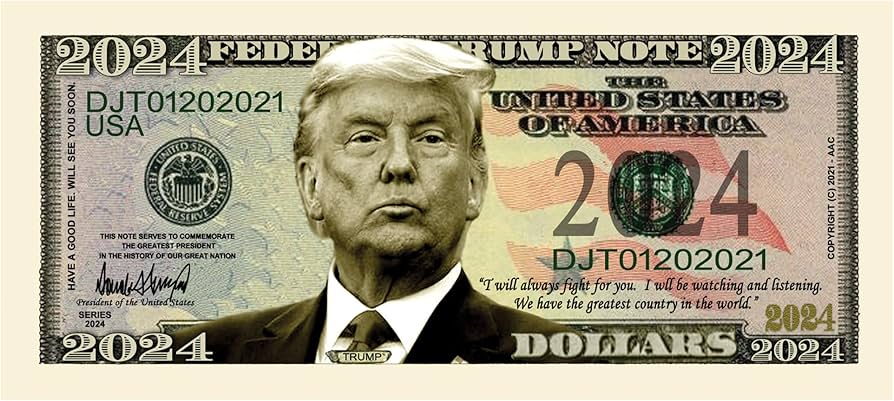In recent discussions, President Donald Trump has proposed sweeping tax reforms, including a move towards eliminating federal income taxes altogether. His vision emerged during a visit to a barbershop in the Bronx where he engaged with customers about inflation and taxation. Trump’s proposals, which began with exempting tips and overtime pay from taxation, have stirred significant conversation regarding the potential implications of abolishing federal taxes entirely. He argues that historical precedents, such as the United States’ reliance on tariffs in the late 19th century, could offer a path forward away from the income tax system that he claims burdens American workers and families.
During his barbershop visit, Trump underscored an era in American history—specifically the 1890s—when the nation experienced economic prosperity primarily through tariffs rather than an income tax system. He emphasized how the removal of income taxes has the potential to ease financial pressures on Americans, detailing how citizens are struggling to meet their tax obligations. Trump’s nostalgic reflection on America’s past prosperity and his assertion that reducing taxes could revive the American dream resonated with those present in the barbershop, who shared sentiments of dissatisfaction with current tax burdens and regulations.
The topic of relying on tariffs in place of income taxes has been an ongoing debate among economists. Tax Notes contributing editors Robert Goulder and Joseph J. Thorndike analyzed Trump’s proposition. They acknowledged that while Trump’s idea may seem radical, it has historical roots. However, they presented a skeptical view concerning the feasibility of such a radical shift in federal revenue sources. They pointed out that tariffs are inherently regressive and thus could disproportionately affect lower-income households who spend a larger portion of their income on consumer goods, ultimately raising prices for essential items.
Critics have highlighted the unrealistic nature of relying solely on tariffs to fund essential government functions. Thorndike emphasized that the role of tariffs in federal revenue has diminished significantly since the late 19th century, with their contributions now being marginal compared to income taxes. He echoed the concern that even if tariffs were raised, they would not generate sufficient revenue to replace the income tax revenue lost by eliminating it entirely, as historical precedence shows a steady decline in tariff contributions to federal revenue.
The conversation surrounding Trump’s tax elimination proposal is not merely an economic discussion but also a political maneuver aimed at rallying support among voters who feel the weight of high taxes. Advocating for the elimination of federal income taxes is a bold strategy that harnesses the frustrations of many Americans who view taxation as a barrier to achieving economic freedom and the American dream. Trump’s connectors with a broad demographic base—lower, middle, and upper earners—has positioned him to capitalize on the discontent surrounding fiscal policies.
Ultimately, while President Trump’s proposals have ignited passionate discussions on financial reforms, substantial challenges lie ahead. Economically, the shift towards tariffs as a functional substitute for income taxes raises significant concerns about equity and efficiency in tax policy. Politically, while Trump’s radical tax ideas may attract attention and resonate with some voters, the complexities of implementing such a framework necessitate deep scrutiny. Whether the vision of abolishing federal income taxes can be transformed into a viable policy remains uncertain, as historical evidence suggests that such a transition would be anything but straightforward.

